
Tokyo can be daunting, with its forests of high rises and streets filled with seemingly endless processions of business men and women dressed in co-ordinated dark suits and immaculate white shirts. Modern Tokyo has taken the West quite literally in its architecture, efficiency and business attire. But in the rush to the future, there are continual bows to the traditional past.
At the very center of Tokyo –just a few steps from the towers of commerce and the rush of traffic–is a serene series of manicured traditional gardens that take you back to the days of the Shoguns.
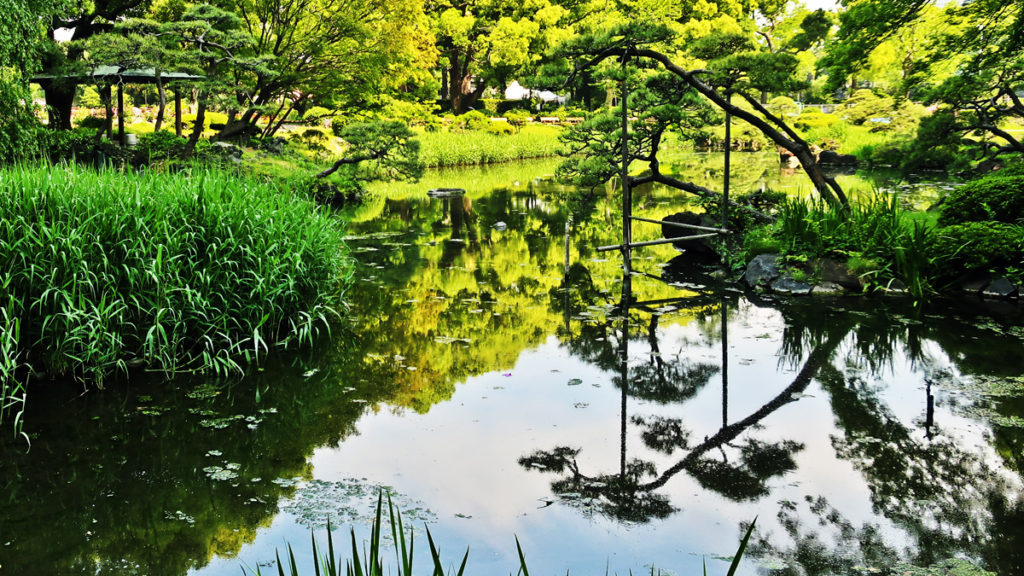
The extensive horticultural gardens that surround the Imperial Palace and the route to The Japanese Diet (the national legislature not a reference to rice and fish) are a must-see on a visit to Tokyo.
On the way to a two-week cruise aboard Silversea Cruises‘ flagship Silver Muse we needed time to recover from the flight and get in tune with the unique culture of Japan. We were staying at Tokyo’s classic Imperial Hotel, so it was natural to take a stroll through the gardens just across the street on a perfect spring day.
Though we’d arrived just after the early May Golden Week, when cherry blossoms appear everywhere and everyone takes a break to celebrate the coming of spring, the gardens were still filled with colorful blooms. In fact, these gardens are planted to have something in bloom in every season.
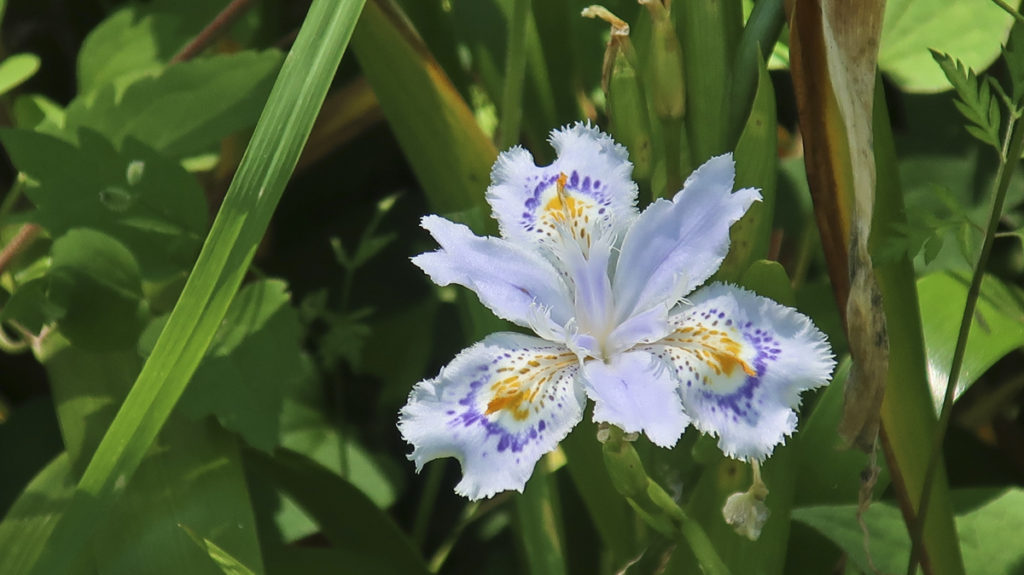
Our starting point was Hibiya Kōen, a 40-acre park that once was a residential area for officials of the imperial court, connecting the east gardens of the Imperial Palace to the government district to the west. Its wisteria grove and contemplative ponds are surrounded by artistically pollarded trees, shrines and memorial statues. Some of the trees are so venerable they have their own histories. One is the so-called Risky Gingko, a tree that’s about 500 years old and almost cost the park’s designer his job when he refused to remove it when the garden was rebuilt in 1901.
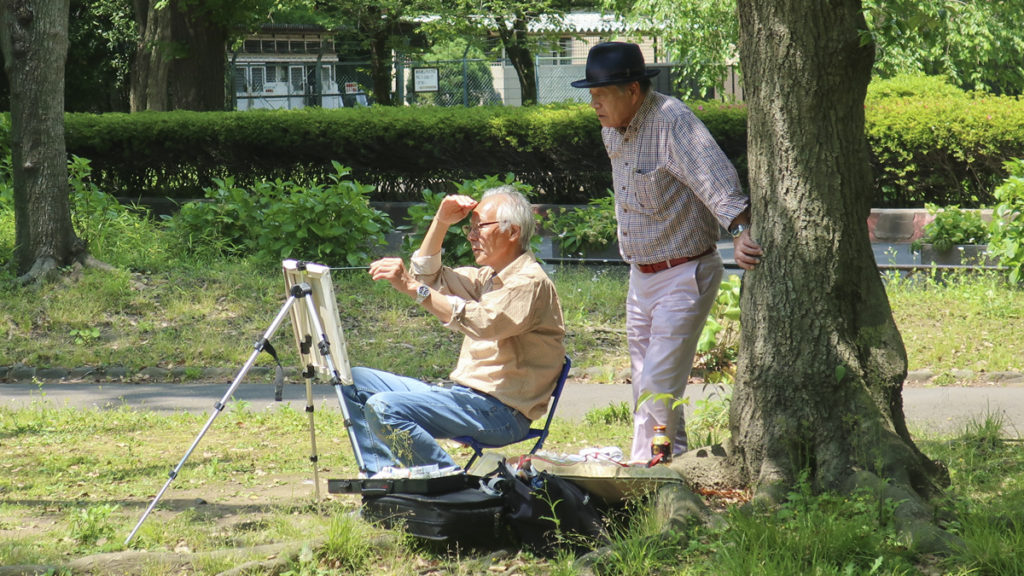
The walk along the trails was remarkably fresh and colorful and we were not yet in the fabled imperial gardens, that you enter through a set of enormous stone and wood gates.
Edo Castle was the redoubt of the Tokugawa shoguns, who established Tokyo as the capital of Japan in the seventeenth century and ruled for 250 years. The building of the castle and its defences was one of history’s most extensive engineering feats, requiring rerouting rivers, filling in the seafront and building fortifications of massive, precisely fitted stone blocks.
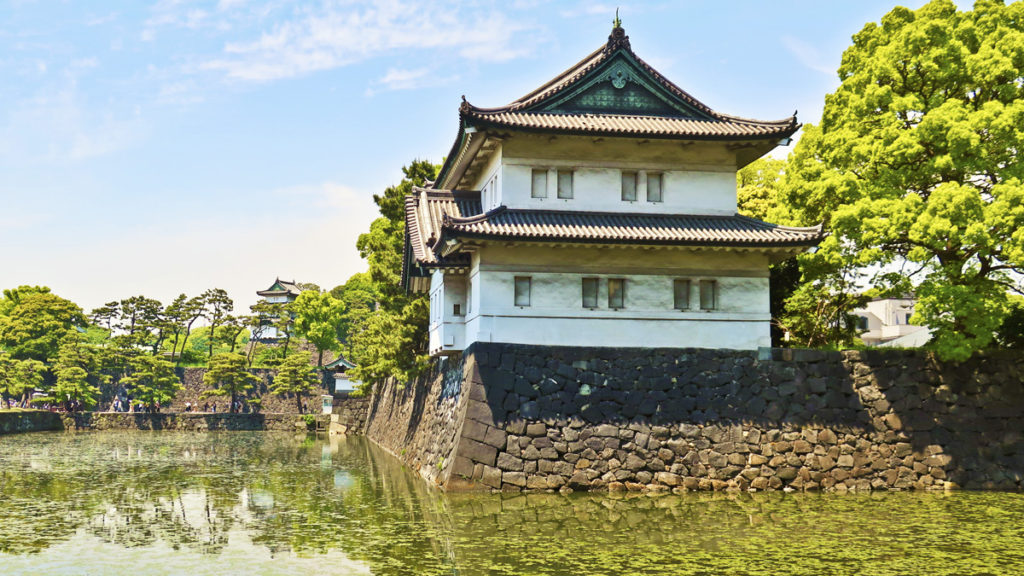
While the actual castle burned to the ground in 1873, the castle’s moats, walls, guard houses and the base of a castle tower that was once the tallest building in Japan are impressive. Many of the ancient trees in the vast gardens remain and the layout of walkways through immaculately tended botanical parks reflect the historic design. Pleasantly notable is the absolute silence in the middle of such a busy city.
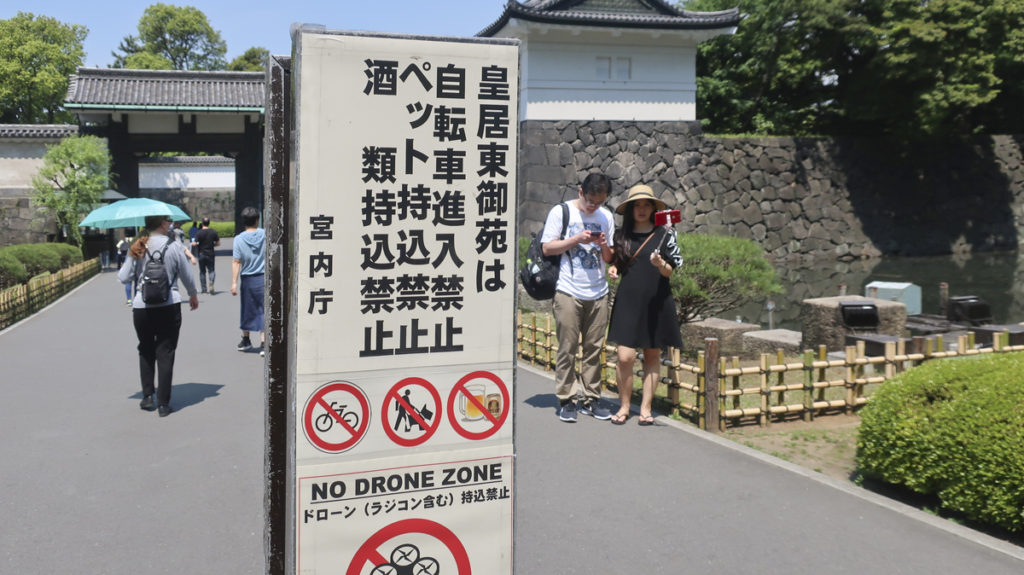
It’s all free admission, although to control crowding on weekends, the number of visitors allowed into the castle grounds is limited. You get a token when you enter that you hand back to an attendant when you exit.
There’s generally a free art show in a pavilion near the entrance showing exquisite treasures of the imperial art collection, from ceramics, to screens and fans. The souvenir catalogs of the exhibits are limited edition treasures.

The rambling inner pathways lead through gardens that have been the subject of centuries of Japanese art and around evocative lily ponds that are the realm of imperial bullfrogs and schools of elegant and colorful koi.
The palace itself is not open to the public because the Imperial family still lives there. However, if you make advance reservations, you can get an hour-long guided tour of the palace grounds, which is offered in Japanese with English audio headsets.
You can book a tour several days in advance on the palace website, but a simple alternative is to hire a private guide who’s authorized to tour the grounds. That can be arranged through a hotel concierge.
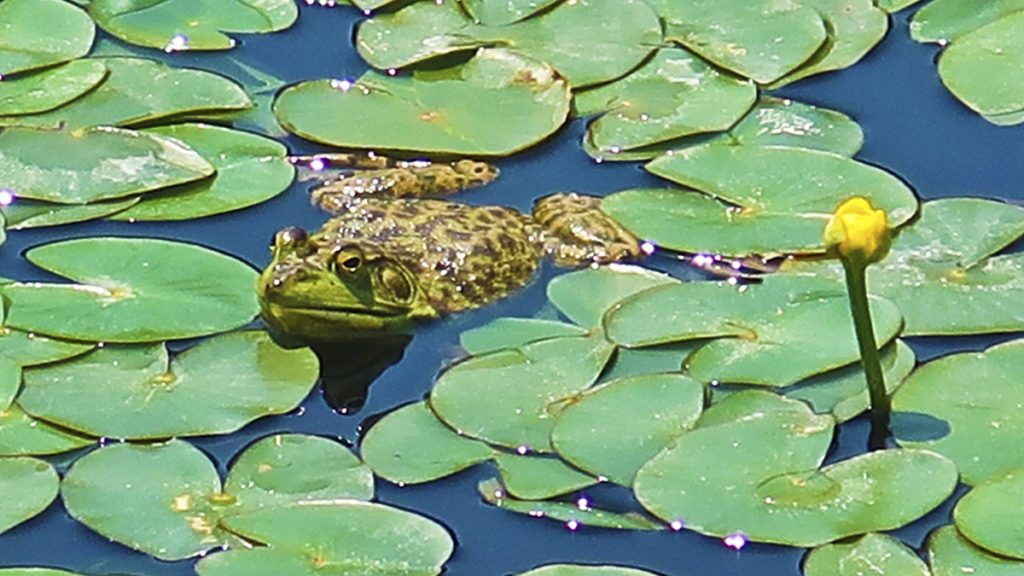
Another thing to make sure you get from your hotel is a local map identifying where you are and where you want to go. The gardens are extensive and the trails ramble. The roadways that curve around the parks can be confusing and English translations are few and far between. Even asking a policeman for directions can get you pointed in a different direction than the shortest distance back to your hotel.
Still, it’s a delightfully pleasant place to get lost. The gardens are a walk through beauty that requires no translation.





